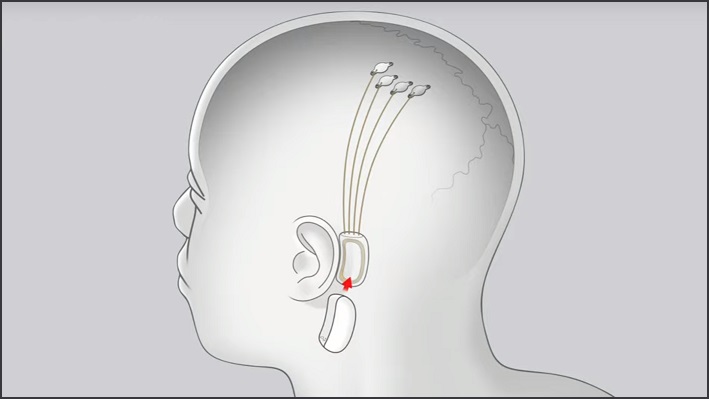Elon Musk wants to install computer chips in human brains by the end of next year.
For the past two years, Musk’s company Neuralink has been developing the technology for a brain machine interface (BMI) that requires non-invasive surgery, can read from and write to neurons, and can connect wirelessly to devices.
In the company’s launch event on Wednesday, Musk announced the technical details of the Neuralink BMI.
“Our goal is to report from and stimulate spikes in neuron activity and do so in a way that is orders of magnitude more than anything that has been done to date,” Musk said.
“And it will be safe enough that it’s not a major operation and will be equivalent to LASEK surgery.”
The brain surgery will be conducted by a specially designed robot.
Musk said the purpose of the first major Neuralink announcement was for recruiting more team members for the project in fields like neurosurgery, electrochemistry, software security, applied mathematics, and robotics.
“We hope to have this, aspirationally, in a human patient before the end of next year. This is not far,” Musk said.
“We need very talented people to make this ultimately successful.”
We were so excited last night to show the world what we've been doing for the last two years. If you missed it, you can catch the full recording here: https://t.co/c2ARLI1sh2
— Neuralink (@neuralink) July 18, 2019
Early human volunteers for Neuralink will have four small sensors installed under their skin that are directly connected to neurons in their brain via tiny threads that are a tenth of the size of a human hair.
The sensors are then connected to a device outside of the skin – called a Link – that contains Bluetooth and a battery.
President of Neuralink, Max Hodak, said developing connecting brains directly to computers was the next big step for humanity.
“We talk about AI being the last invention that we have,” he said.
“Well I think a high-bandwidth BMI might be the first invention of the next chapter of us.”
According to Hodak, using Neuralink will be like using a smart-phone – but you won’t need your fingers.
“It’ll be controlled through an iPhone app,” he said.
“You won’t have to go to a doctor’s office and have an exotic programmer to configure it.
“But you will have to learn how to control it and that’s a long process – it’s like learning how to touch type or play the piano.”
Neuralink’s first volunteers will be people for whom using a computer is difficult or impossible due to disability.
Senior Scientist, Philip Sabes, said Neuralink will provide naturalist control of computers on an unprecedented scale.
“This could restore speech to a paralysed person who is no longer able to talk, but there is no reason, in principle, that it can’t reach all the motor cortex which would give access to any movement,” he said.
“What Neuralink wants to do is give people ability to tap into those representations of their brian to get better access to that information both to repair broken brain circuits and also to ultimately give us better access to better connections to the world, to each other and to ourselves.”










